Ultimate Guide: Creative Plant Photography to Make Plant Photo Lively
Plant photography is not a short shot of a potted plant; instead, it is a sophisticated art form that applauds the textures as well as the color and shapes in nature. Whether it is photo-shooting succulents on your windowsill or shooting some wildflowers in a forest, plant photography is an endless opportunity for creative freedom.
To enhance your plant photography results, HitPaw FotorPea Photo Enhancer is an essential tool. It reduces, sharpens, and makes vivid the details of your plant shots and is most helpful in bringing out the most incredible high-definition effects, particularly to users on a beginner level or even to professionals who want the same impact.
What is Plant Photography?
Plant photography is a subgenre of nature photography that involves elements of beauty, essence, and diversity of plants. With the details of the petals and the symmetry of the leaves, there are many techniques that are utilized to bring out the feature in an artistic way through the photograph.
What is plant photography is the ability to know how to work with natural light, framing, and textures. The genre can typically include macro shots, lifestyle plant scenes, and even abstract close-ups. It is essential in the conservation of the environment, botanical records, and art.
Learning to photograph indoor plants is a good starting point for most aspiring photographers, as they are taught to use natural light and simple composition to present greenery at its finest.
Essential Gear for Plant Photography
Cameras and Lenses
Best camera for plant photography
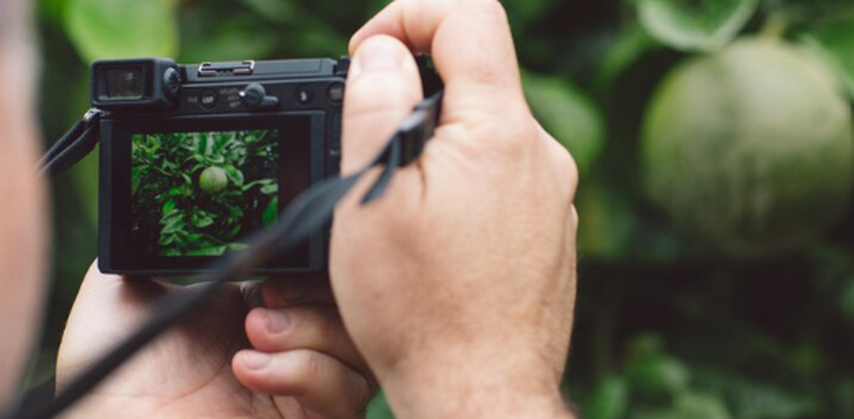
In selecting the most suitable camera when taking photos of plants, it is advisable to purchase a DSLR or a mirrorless camera with a manual setting. The latter enables you to adjust the settings of exposure and focus to capture optimum results. Such cameras as the Canon EOS R series and Nikon Z series are popular.
Details close-ups cannot do without macro lenses. A 100mm macro lens will be best in giving good sharpness, and the user will be able to move close with small plants or even the portions of the plant. The prime lenses produce sharp images, whereas those of zoom lenses are flexible.
Smartphone cameras for beginners
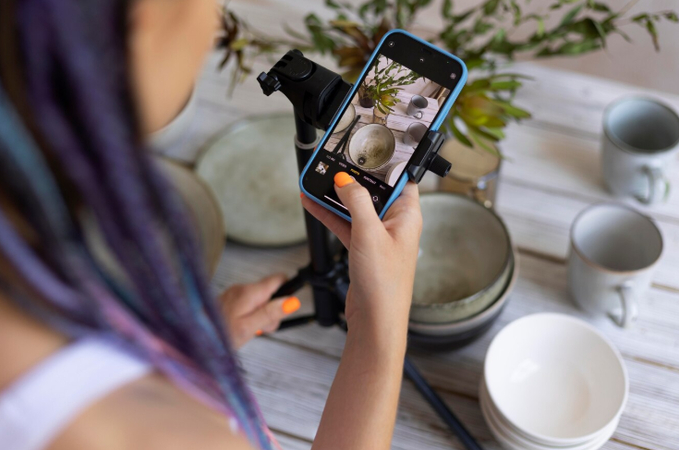
Photographing plants with your phone, even if it may yield dramatic results. Current generation smartphones support portrait mode, macro, and even manual controls. It is advisable to stay clear and use a smartphone tripod without digital zoom. You can get better shots with the help of such applications as HitPaw FotorPea Photo Enhancer Mobile.
Accessories
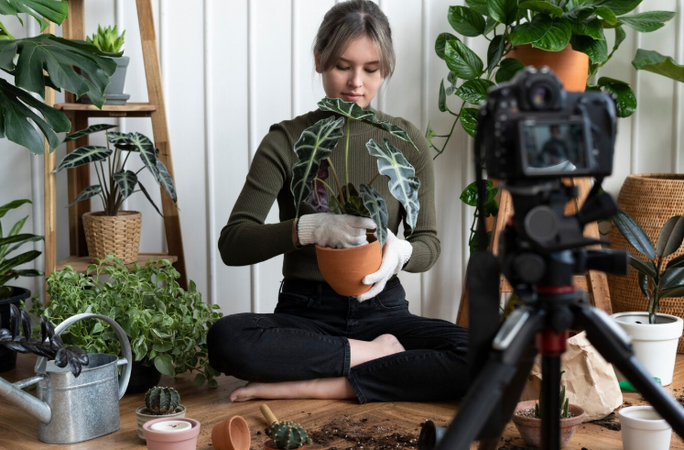
Tripods
A tripod provides sturdiness, particularly when taking macro shots or when the source of light is low. It also assists you in trying out long exposure and uniform angles.
Reflectors
To reflect light on the dark areas of the plant, use reflectors that will soften the shadows and increase the overall brightness of the plant.
Diffusers
Diffusers dull harsh sunlight and assist in producing balanced light, which is essential in the natural light photography tips for plants.
Best Settings for Capturing Plants
Lighting and Exposure
Plant photography tips on natural lighting are taking the photograph at the golden hours, a short time after the sun rises, or just before sunset. This is diffused light, which increases plant texture. The overcast days are also the best since the clouds are your diffuser.
ISO, aperture, and shutter speed
Apply a low ISO (100-400) to minimize noise. It has a large aperture of f/2.82.8-5.6 that assists in lessening the background and focusing on the subject matter. Change the shutter speed according to the lighting conditions-faster when shot using hands, slower when a tripod is being used.
Focus and Depth of Field
Macro plant Photography Tip: The manual focus allows control over where the sharpest area is, e.g., inside flowers, on a water droplet. A shallow depth of field assists in separating your subject from the background.
How to Compose Stunning Plant Photos
Composition Techniques
Rule of thirds and negative space
Lay off your frame in thirds and place your plant off-center to make movements of your visuals. This black and white photography separates the topic and leaves negative space, which attracts attention and is also elegant.
Leading lines and symmetry
Prop your eyes with things such as plant stems or vines to lead the viewer into the subject. Plants that have an equal distribution of leaves are good with symmetrical composition.
Backgrounds and Angles
Using plain or contrasting backgrounds
Select the backgrounds that will contrast with the colors of the plant. Dark green foliage should be put on a light-colored background, and a wooden texture can be used to add warmth.
Shooting from different angles
Please do not hold it to eye level. Try shooting on top, bottom, or side to find that most photogenic side of the plant.
Lighting in Plant Photography
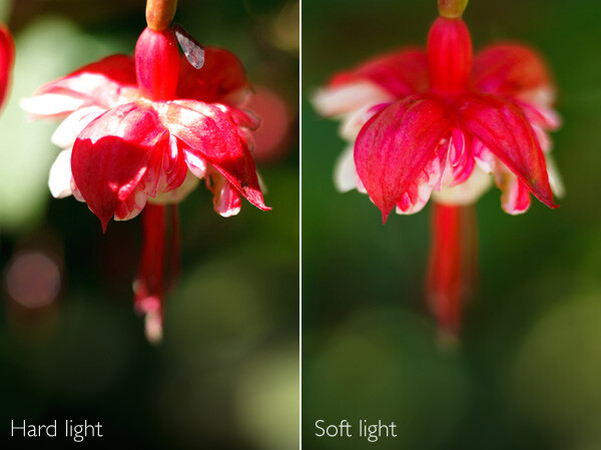
Natural vs Artificial Light
Natural light is recommended at all times of plant photography, but artificial lighting may be used, such as LEDs or ring light, which corresponds to daylight when photographing within a building. Add diffusers with them to resemble the soft sunlight.
Avoiding Overexposure and Harsh Shadows
Avoid the malevolent midday sun. Bleached highlights might destroy textures, and contrasting shadows can pull the attention away from your subject. To keep the details, use diffusers or shoot in shady places.
Editing Tips for Plant Photography
Tools and Software
Your plant can be enhanced during post-processing. HitPaw FotorPea Photo Enhancer and photoshop applications are widely used as tools to edit plant photography, where the tone, exposure, and sharpness can be adjusted.
Adjustments
Simple editing consists of changing the brightness, contrast, and clarity. Care ought to be taken to allow greens not to be overedited because this could make plants appear unnatural. Textures should be refined smoothly.
Indoor vs Outdoor Plant Photography
Indoor Plant Photography Tips
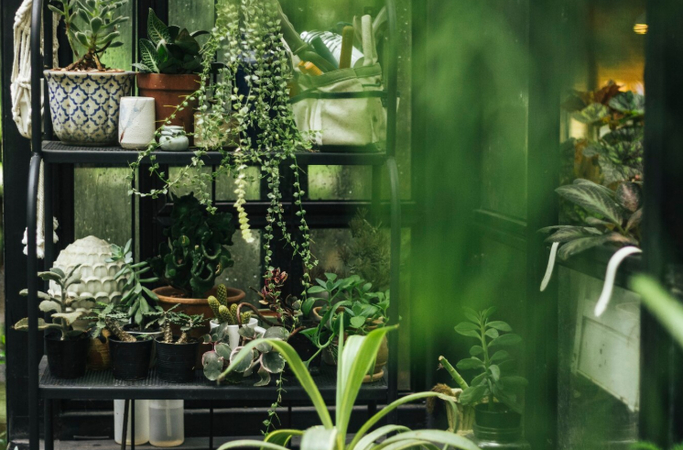
Use of window light
First, some plants should be placed in a north-facing window where there is soft, indirect light. Fine daylight in the morning is mellower and will suit plant photography tips indoors.
Styling houseplants for clean compositions
Put on simple pots and shelves that are not densely packed. Be a Stylist: blend your background, pot color, and surroundings to be harmonious.
Avoid cluttered or busy backgrounds
Don't make backgrounds too complicated so as to make the plant shine through. Oftentimes, a white wall or a wooden tabletop can be sufficient to make the greens stand out.
Outdoor Plant Photography Tips
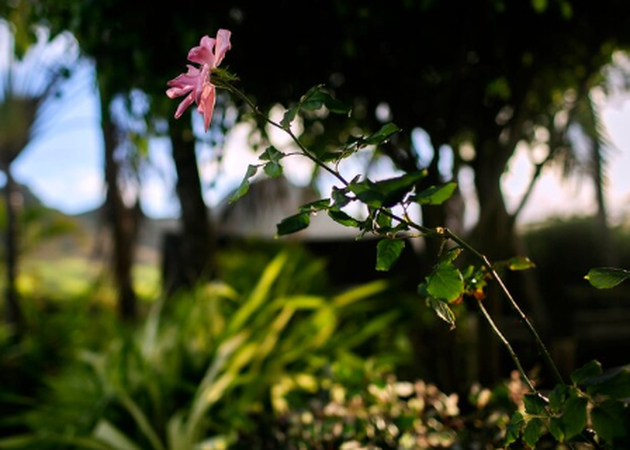
Adjust for weather and wind
Shots outdoors are patient. Go on days with no wind to get crisper images and set up your equipment in a way that prevents the drops of rain from landing on the lenses.
Look for dew drops, natural framing
Mornings provide dramatic details such as dewdrops. Instead of framing with anything, use plants around them or tree branches- this is one of the essential outdoor plant photography tips.
Control for changing light conditions
Light is swift in the exterior. Look at the clouds and the position of the sun, and change the settings of the camera.
Common Mistakes to Avoid
Overediting greens or saturation
Amateurs tend to overuse the greens, and so the greens end up being artificially vivid. One should avoid it with a heavy hand: it is better to use a tool such as editing of plant photography and changing the hues in HitPaw FotorPea Photo Enhancer.
Blurry or unfocused shots
Concentrate on the most fibrous or lit section of the plant at all times. To prevent the motion blur, utilize a tripod or boost the shutter speed.
Shooting in bad light
Do not expose yourself to severe sunlight at noon or poorly illuminated dark rooms. Then, prefer golden hour or various well-illuminated interior settings to achieve a better effect.
Real-World Case Studies and Before/After Examples
Macro shot of succulent
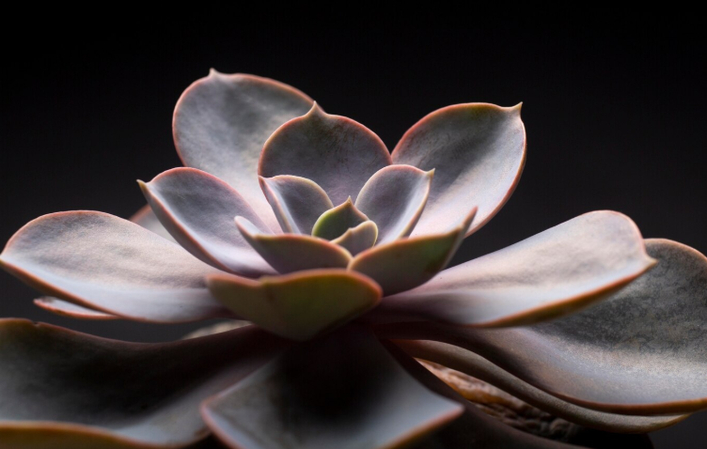
Using a macro lens, the leaf textures and patterns are revealed in a succulent. The "before" image was dull, but after using HitPaw FotorPea Photo Enhancer, the colors popped and clarity improved dramatically.
Hanging plant by window
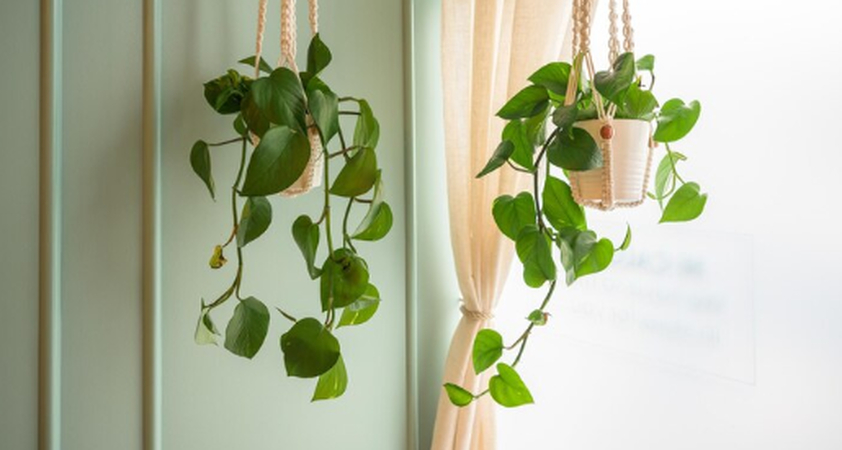
One such indoor shot of ivy against a window was not deep enough. The picture was edited and improved, the light balance was corrected, and the background blur made the leaves the focus of attention- it would be a perfect representation of how indoor plants are supposed to be photographed.
Final Thoughts
Photography of plants is a relaxing and satisfying art. Want to make your plant portraits extra? No matter what type of camera you use, whether it is a DSLR or a smartphone, being familiar with the gear, lighting, and composition may be the key to the next level. Tools like HitPaw FotorPea Photo Enhancer help bring your vision to life, offering crisp, vibrant photos with minimal effort.
Now take out that camera phone and hike the natural world around you. Then, with the help of the right technologies and improvement, the way your plant photography blooms will be beautiful.
FAQs
Q1. Can I take good plant photos with my phone?
A1. Yes, plant photography using a mobile phone can be nice as long as you make use of bright lights and use a stable phone. Most of the contemporary phones have excellent picture quality as well as macro.
Q2. What's the best lighting for plant photography?
A2. Make use of the natural light, preferably during early morning or later in the afternoon. These are periods when there is soft, diffused light, and this is consistent with natural light photographing of plant tips.
Q3. Do I need a macro lens for close-up plant shots?
A3. A macro lens is perfect for detail, such as in close-ups of flowers or leaves. It can be used to carry out macro plant photographing tips precisely and clearly.
Q4. What is the best background to take houseplants?
A4. Backgrounds only with plain or low texture can be used. A point in plant photography tips is to avoid clutter in favor of expressing the beauty of the plant.








 HitPaw Univd (Video Converter)
HitPaw Univd (Video Converter) HitPaw VoicePea
HitPaw VoicePea  HitPaw VikPea (Video Enhancer)
HitPaw VikPea (Video Enhancer)



Share this article:
Select the product rating:
Daniel Walker
Editor-in-Chief
This post was written by Editor Daniel Walker whose passion lies in bridging the gap between cutting-edge technology and everyday creativity. The content he created inspires the audience to embrace digital tools confidently.
View all ArticlesLeave a Comment
Create your review for HitPaw articles